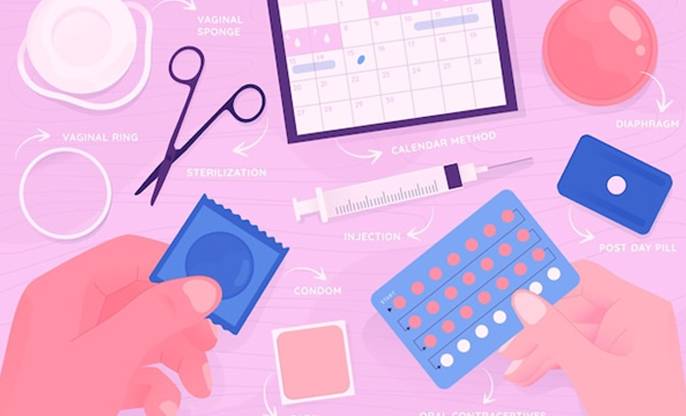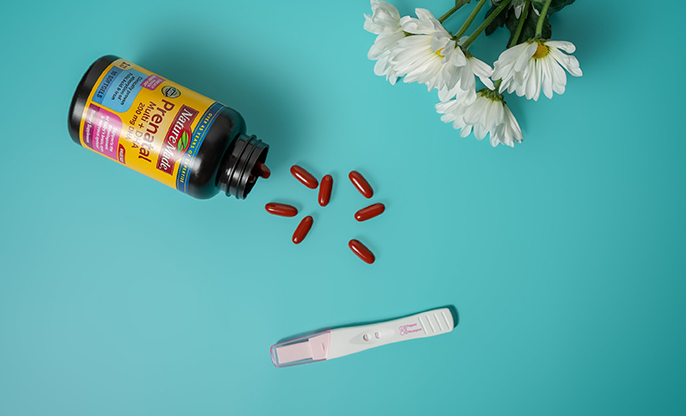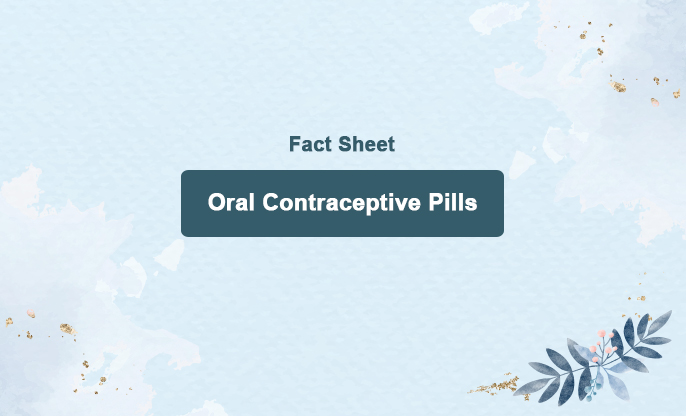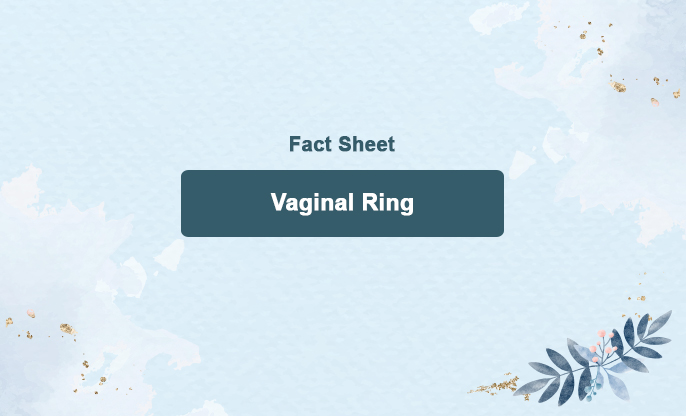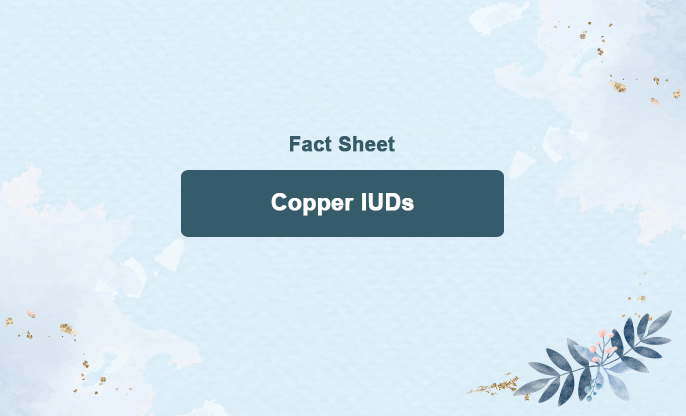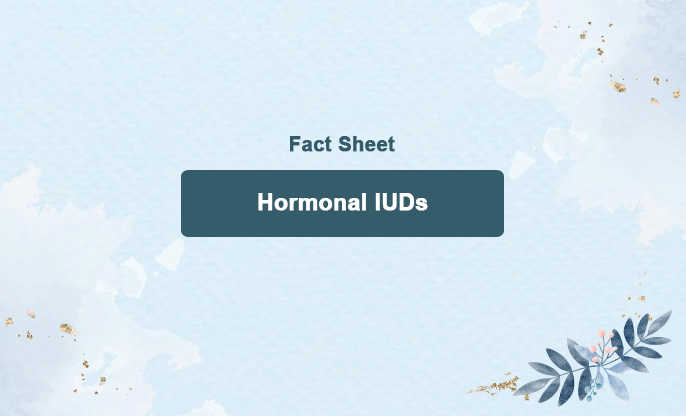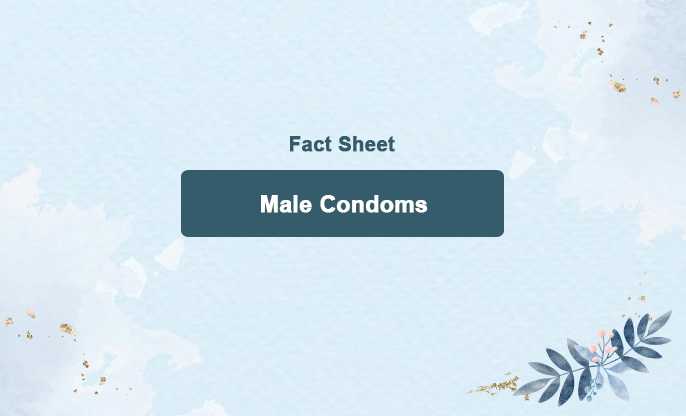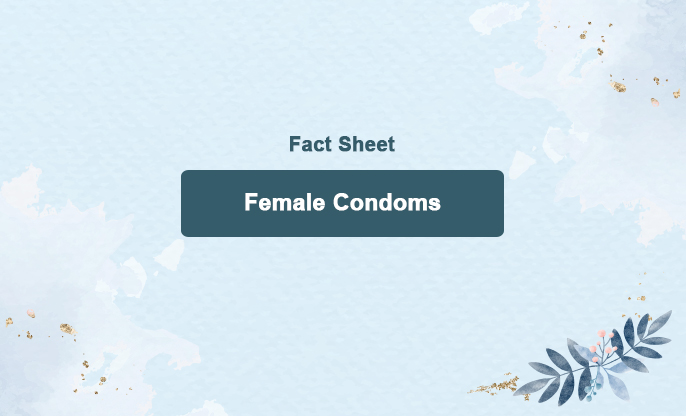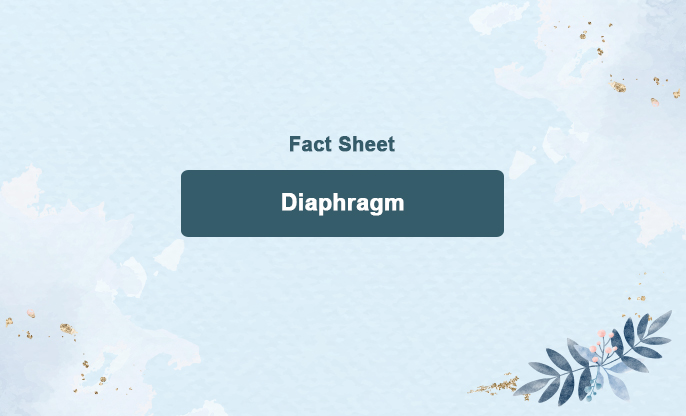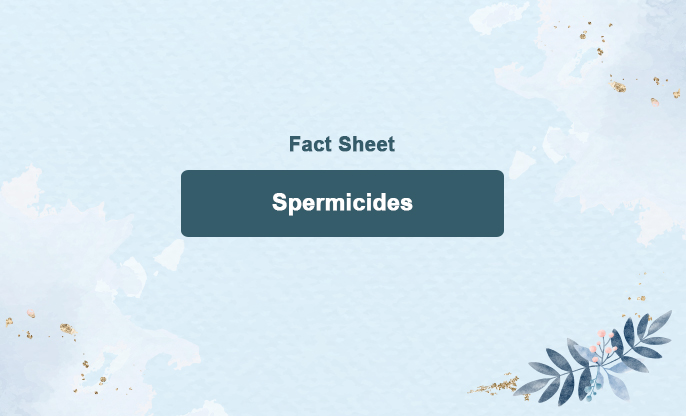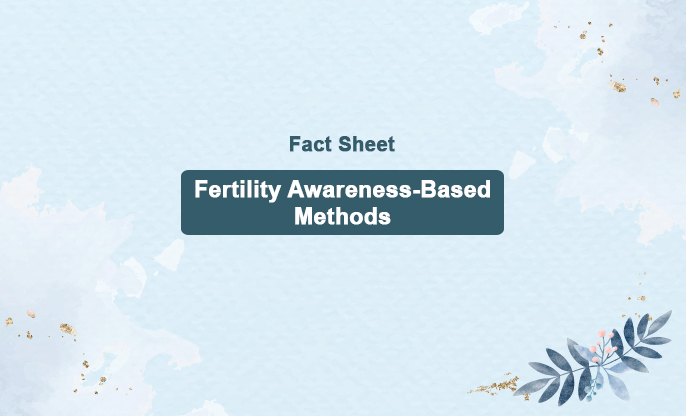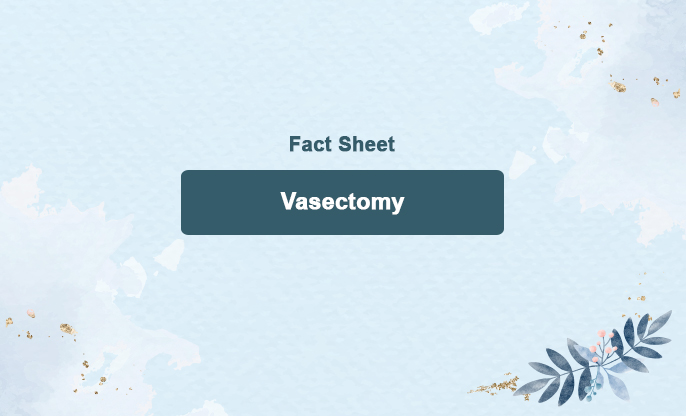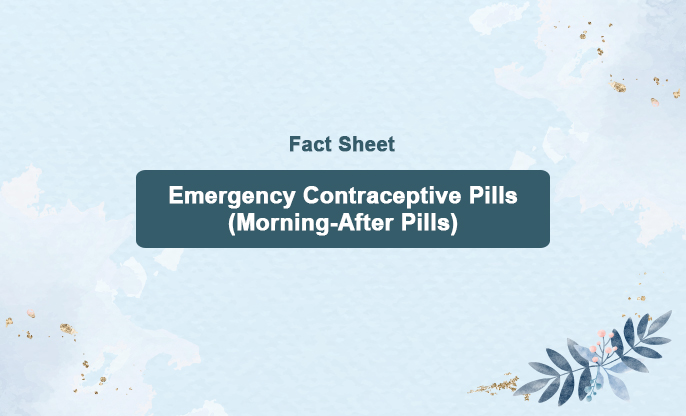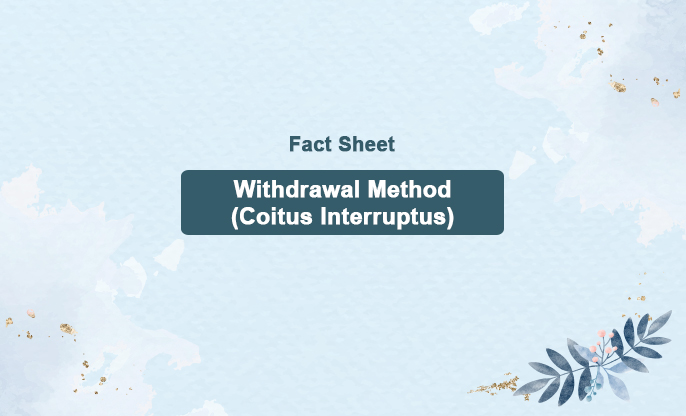
What is this?
Coitus interruptus, also known as withdrawal, is a traditional family planning method where the man withdraws his penis from the vagina and away from the woman's external genitalia before ejaculation. This prevents sperm from entering the vagina and contacting the ovum, thereby avoiding pregnancy.
This method may be suitable for couples who:
Are highly motivated and able to use this method effectively.
Have religious or philosophical reasons for avoiding other contraceptive methods.
Need immediate contraception and have already initiated sexual activity without other options available.
Require a temporary method while awaiting the start of another contraceptive method.
Have intercourse infrequently.
Some benefits of coitus interruptus include:
It does not affect breastfeeding if used correctly.
It is always available for use as a primary or backup method.
It has no economic cost or use of chemicals.
It poses no direct health risks.
However, coitus interruptus does not protect against sexually transmitted diseases (STDs), including HIV. Women using this method should be advised that consistent and correct use of male latex condoms reduces the risk of HIV and other STDs. Female condoms can also provide STD protection, although data is limited.
This method is highly dependent on correct use and the couple's willingness and ability to withdraw during every act of intercourse. Women for whom pregnancy poses a significant risk should be cautioned that coitus interruptus may not be appropriate due to its relatively higher typical-use failure rates.
How does this work?
Coitus interruptus, or the withdrawal method, works by the man withdrawing his penis from the woman's vagina and moving it away from her external genitalia before ejaculation occurs. The primary goal is to prevent sperm from entering the vagina, thereby reducing the chance of fertilizing an egg. Here's a step-by-step explanation of how it works:
Awareness and Timing: The man needs to be aware of when he is about to ejaculate. This requires a good understanding of his own body's signals and timing.
Withdrawal: Just before ejaculation, the man must withdraw his penis completely from the vagina and ensure it is away from the woman’s external genitalia to avoid any contact with sperm.
Ejaculation: The man then ejaculates outside the woman's body, away from her vaginal area to prevent sperm from reaching the cervix.
No Contact with Sperm: It is crucial that no sperm comes into contact with the woman’s vagina, as even a small amount can lead to pregnancy.
Efficacy:
About 22 out of 100 women using withdrawal as their sole method of contraception will become pregnant within the first year of typical use. This translates to a typical use effectiveness rate of about 78%.
With perfect use, the failure rate drops to around 4 out of 100 women per year, resulting in a perfect use effectiveness rate of about 96%. Perfect use means the man consistently and correctly withdraws before ejaculation every time.
Usage duration recommended:
By understanding the importance of correct and consistent use, couples can use coitus interruptus as a contraceptive method every time. However, due to its higher failure rate compared to other methods, it may be beneficial to use additional protection or consider alternative contraception options for better efficacy.

